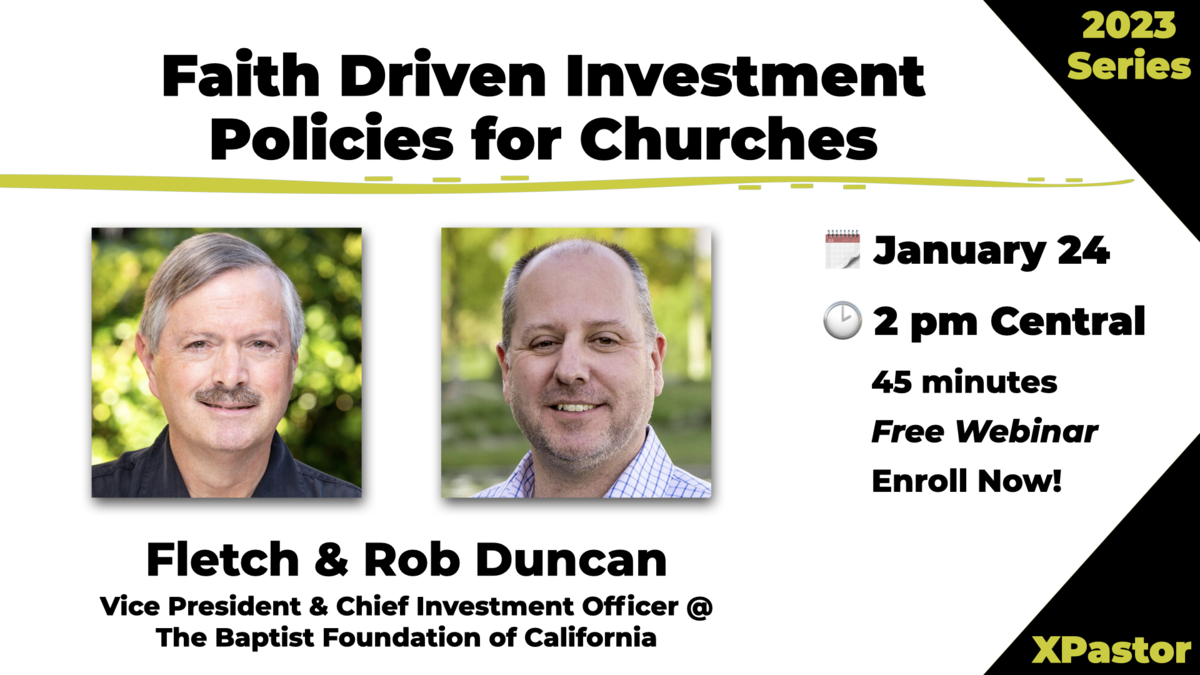As a child, I remember my dad placing a check in the offering plate at church on Sunday mornings. As I got older and got a job, I began to be serious about giving and followed his example. And then in the early 90’s I started using online bill payments through Quicken, and I can’t remember the last time I gave using a physical check. Although I no longer use Quicken, almost 100% of my banking takes place on my iPhone or iPad.
I am not considered a Millennial, but like most in my generation (whatever Gen X is called these days), I never carry a checkbook. I try to automate bill payments as much as possible because it’s simply not something with which I want to spend time. For our family, electronic giving is the only way to give reliably and honor God with our first fruits.
It’s not just millennials or tech savvy guys like me that give electronically. It is also a growing trend among the older generations to “put their bills on autopilot” so to speak, and online giving is an important component of that effort.
While my family has always used the bank’s electronic payments to manage our giving, many people prefer to set up their bill payments with the vendors themselves. These are the people that look to your church to have an online giving option.
If your church is not currently offering online giving, you are missing out on a huge opportunity and hindering the ability of your congregation to give. Because of this wide use of electronic money management in today’s society, it truly is the responsibility of the church to provide this option for the congregation. At my current church, online giving (electronic checks, called ACH, only) makes up 17% of our monthly offering with very little emphasis or attention.
At my former church, online giving was 27% of our $6.8MM budget, and it really exploded in use after we allowed credit cards (which make up approximately 50% of the total online giving). In 2012 they received over $1.8 million through online giving.
The biggest advantage of online giving is that it tends to be used by your most consistent givers. People who use online giving tend to give on a very regular cycle, even if they are on vacation or don’t make it to church frequently.
Online giving takes place in two or three forms, depending on your provider. The most basic is ACH, which is essentially an electronic check. Setup requires some information from the donor’s bank (account numbers and routing information), but once it’s done it is extremely cost effective for the receiving organization. Costs range from around $.20 to about $.50 per transaction, plus (often) a fixed monthly fee.
The most common is credit card and debit card giving. While this is the simplest for people to setup, it is considerably more expensive, taking anywhere from 2-3% of the gift in addition to a transaction fee. The difficult thing for people to grasp is that these costs are generally the same regardless of whether it’s a debit card or a credit card. The end result is that if anyone gives to your church using a debit card rather than entering their checking account information (to use ACH) it costs you money every week unnecessarily. It’s important to educate people on this fact as they set up their gifts, without discouraging them from giving altogether.
If you are using PayPal, they will insist you also take PayPal for gifts. While not a big deal, in my experience very few people use this option.
Is online giving worth it in the long run? Absolutely. I went into it a bit reluctantly at first, but now would never go back. So how do you get started?
1. Church leadership needs to be behind it.
It’s important that you don’t start taking credit cards without your pastoral staff and elders being on board with the decision. Some view this as controversial, and for others it is a non-issue.
2. Pick a vendor.
I suggest you start by looking at how your giving is connected to donors now (in other words, the system you use to issue giving receipts), and see if that system connects with online giving vendors. Get pricing from those vendors for both ACH and credit card giving. I do not recommend you signup with a vendor that does not offer ACH, as this type of giving is vastly cheaper than debit and credit cards.
3. Don’t shop just on price!
How stable is the company that is holding your giving? What will happen to your giving if they go out of business? Although nobody likes to think about this, it has happened (see the potential downsides below).
4. Designate someone to handle the support calls and emails.
Do not overlook this step. Online giving will create support calls from people who are having issues. Before you roll it out, you should know who will take those calls and be able to help people.
5. Roll it out to staff or key “insiders” first.
Test everything and be sure it is working before you put it on your website. Once things are running smoothly internally, roll it out and then tell people about it! Put a clear link on your website. Tell people about it at business meetings. Put it in the bulletin. It is important to publicize it when it first becomes available. After this initial push, you will not need to continue to promote it as much because people will look for it on your website if they want to give electronically.
Are their potential downsides? Yes there are. The most obvious is that there is an ongoing cost to receiving funds this way. On the other hand, it is no different than the costs you pay for insurance, electricity, or to maintain a checking account. These are costs we pay to keep the church operating, and online giving is a 21st century expense to expect.
The biggest pitfall comes from choosing the wrong vendor. At my prior church, we set up online giving in 2006 with a vendor who went out of business three years later, giving us only seven days notice before ceasing operations. It took me several weeks to bring a new solution up and get it in place and work on getting all of the givers moved over, including stage time during a service to explain the situation.
At the end of the day, I am confident it cost us $40,000 in lost giving that we never got back (it was never given, the vendor did not “get away” with any money). For that reason, we moved to PayPal’s PayFlowPro gateway that integrated directly with Arena, our database. We chose this solution because PayPal seemed unlikely to leave us high and dry with seven days notice. The downside was they weren’t terrific to work with, as we rarely got the same rep and many churches were given incorrect information about the services they provide (PayPal does not typically do ACH, so it is very confusing getting them to set it up).
If that story scares you, think about this: the reason we scrambled so fast to put in a new online giving system was that it had reached 20% of our giving by that point. People want to give to their church this way!
Online giving isn’t new, and it isn’t just for young churches or churches full of young people. It is a marvelous way to provide the opportunity for people to give using the same methods they use to pay their bills, allowing them to honor the Lord with the firstfruits of their financial harvest.
Honor the LORD with your wealth and with the firstfruits of all your produce; then your barns will be filled with plenty, and your vats will be bursting with wine (Prov. 3:9-10).











